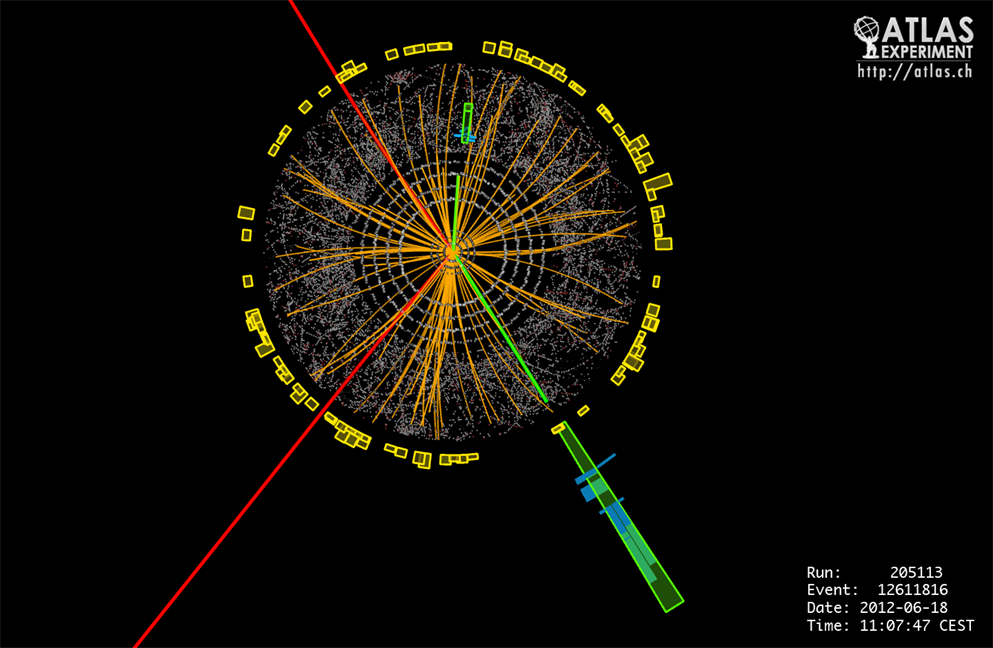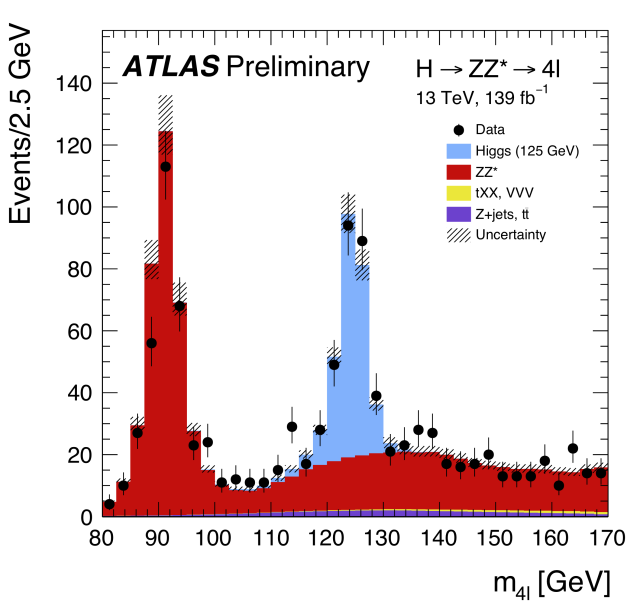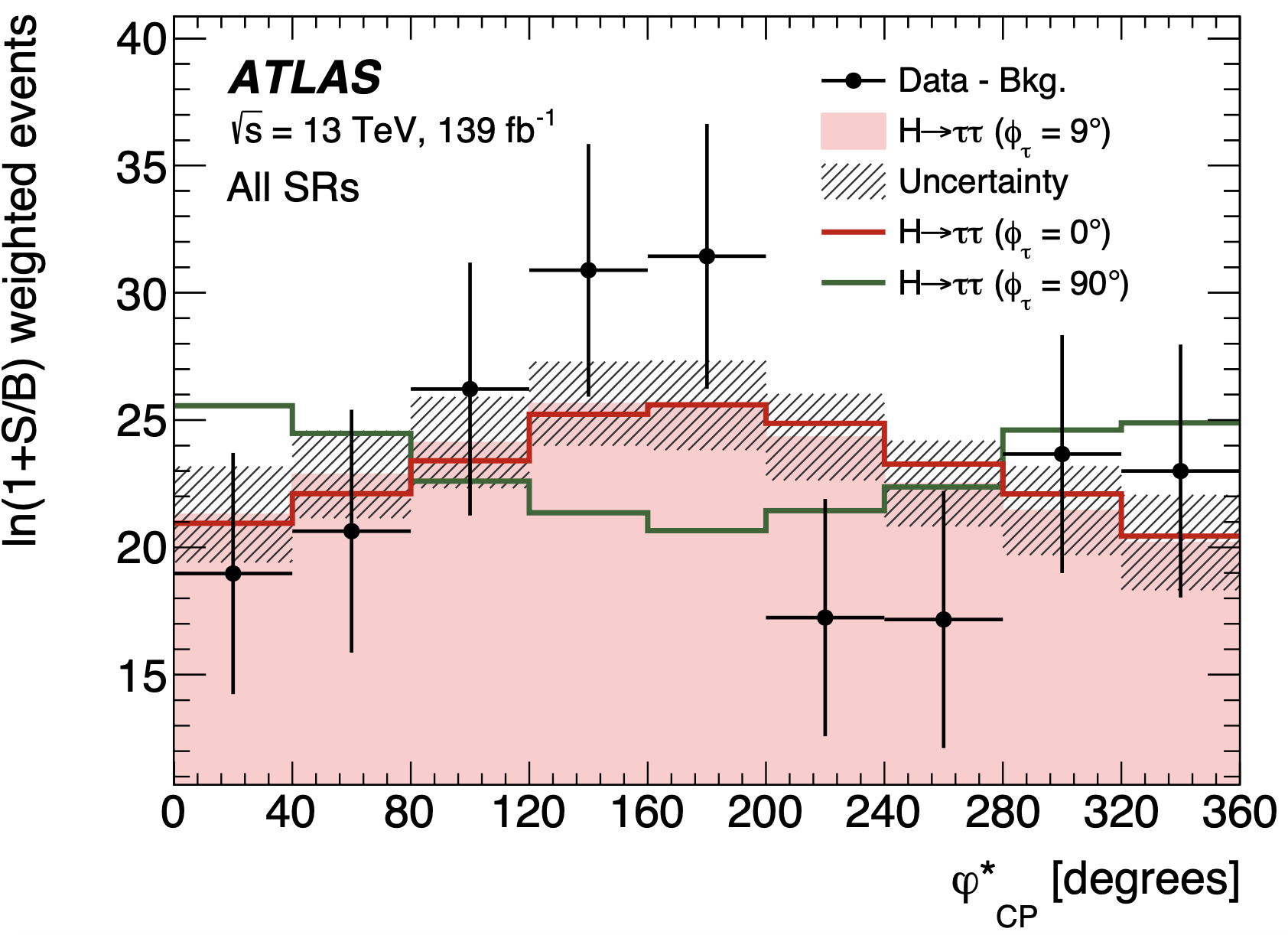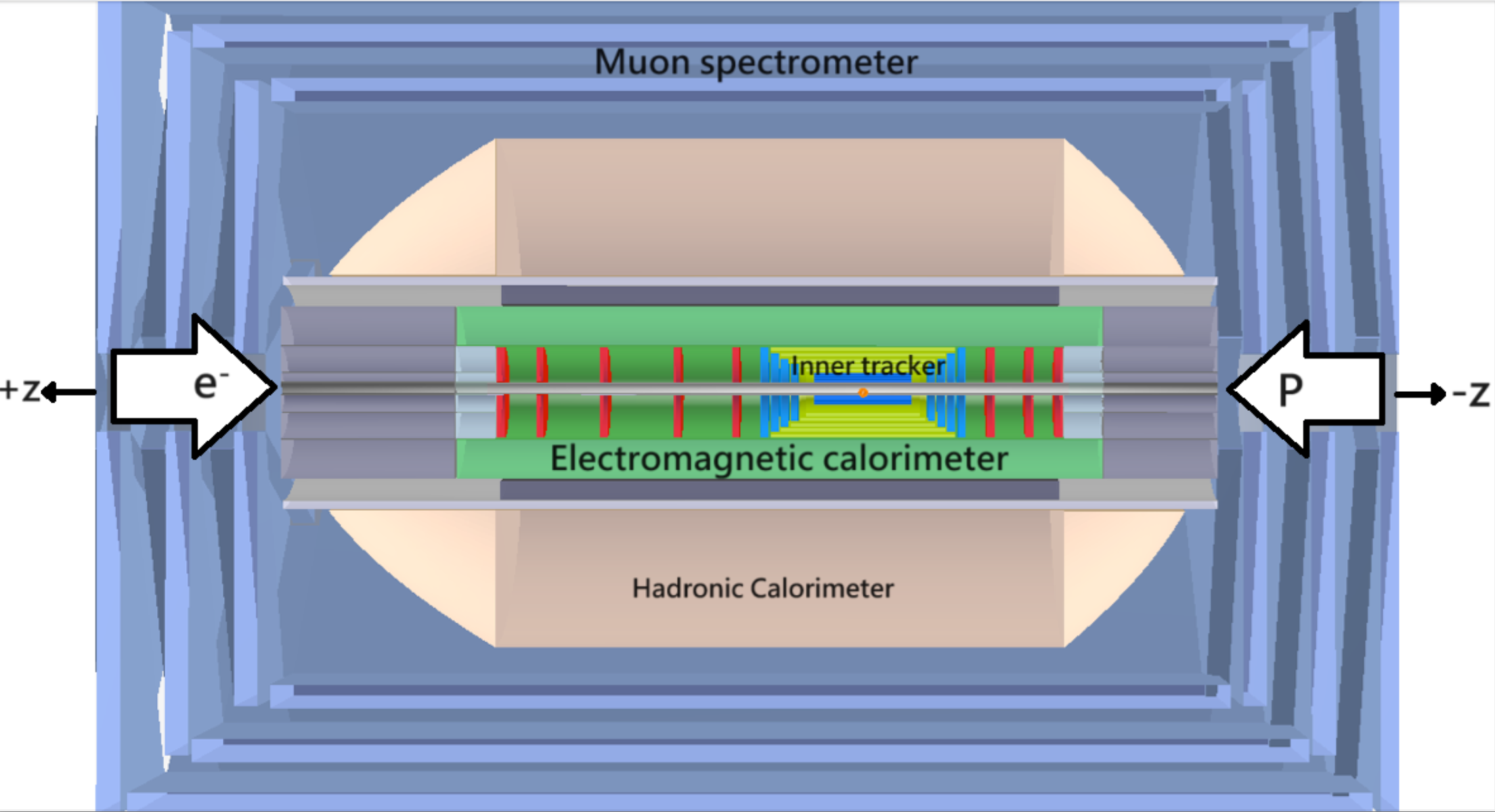Professor Prokofiev's Group: Current Projects
Higgs Physics with the ATLAS Detector
Since the discovery of the Higgs boson in 2012, our group is actively involved in studies of its properties. Our current focus is on the tensor structure of the Higgs boson couplings to other Standard Model particles. By comparing the measured properties to the corresponding theory expectations, we hope to find tiny deviations from the Standard Model predictions, which may shed light on mysterious new physics beyond the Standard Model. The Higgs decay channels we are currently most active in are: H->ZZ->4l and H->tau tau.



Image: ATLAS Collaboration/CERN)
ATLAS Inner Tracker Upgrade
Huge number of overlapping proton-proton collision expected at High-Luminosity LHC requires the current ATLAS tracking detector to be upgraded with a new high-resolution and radiation-hard detector. The new full-silicon Inner Tracker (ITk) will come into operation in 2029. Our team is actively participating in the preparation and commissioning of components for the innermost silicon semiconductor pixel detector of the ITk. In particular, we are responsible for the characterisation and quality assurance of the silicon sensors before they will be installed in the new ATLAS inner tracker detector.

Higgs Physics at Future Accelerators
In preparation for the post-LHC era, our team is actively involved in investigating physics potential of planned future accelerators. Our focus is currently on the LHeC and CEPC initiatives.

Estimating Neutrino Mass using Galaxy Clusters
The non-zero neutrino has non-negligible influence on the formation of galaxy clusters. Such effects can be modeled using computer simulation and compared to data obtained from Cosmic Microwave Background surveys. Our group is currently at the modelling stage, aiming to perform the actual data measurement at the later stage.